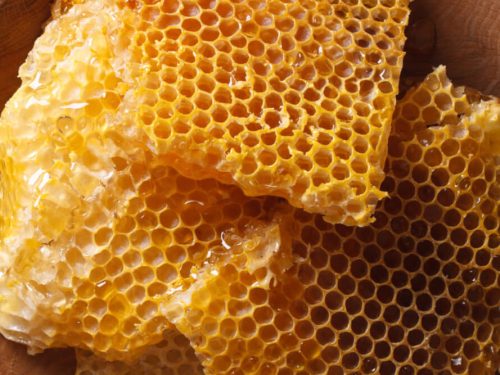
Many have felt on their own skin how bees know how to defend themselves. Unlike some related insects from the same genus, bees have the ability to sting those that threaten them, making it a sting that they do not hesitate to use. Maybe one sting is not much, but one sting wakes up other bees that then defend their community with a mass attack and stinging of the enemy, so they can defeat enemies much bigger than themselves.
There is a legend that God, at the request of a bee to give him a sting and the power to die when he stings someone, gave a sting to a bee, but, revolted by the bee’s desire to kill someone, he threw fate at the bee so that when he stings someone, the bee will die. Namely, the thing is that the bee sting is connected to the abdomen and unlike e.g. wasp whose sting is like a bee’s sting, the sting is in the shape of a spear, and when it stings someone, it stays in the skin, and after the sting, the bee flies away without the sting and the lower part of the abdomen. In that state, the bee can live for a very short time.
As for bee venom, we must mention that the bee produces it in the stinging apparatus, which on average contains about 0.3 milligrams of venom. The poison itself is a liquid of yellowish color, bitter taste, acid reaction and characteristic odor. The content of bee venom includes water, proteins, peptides, histamine, dopamine, enzymes, amines and a large number of other substances.
As a medicinal ingredient, it was known to the ancient Greeks and today it is used in inflammatory diseases of muscles and joints (rheumatism, sciatica), but also in some amyotrophic autoimmune diseases. In some people, a bee sting can lead to a strong allergic reaction of the organism that can be life-threatening, and such people must avoid any contact with bees except with drones that cannot sting because they do not have a sting. Despite the above, the bee deserves all our love.





